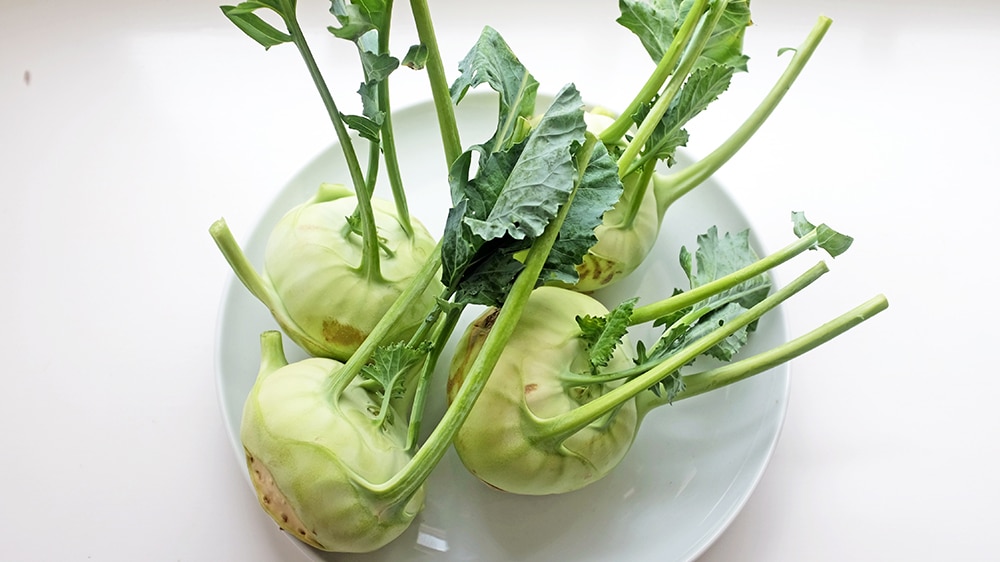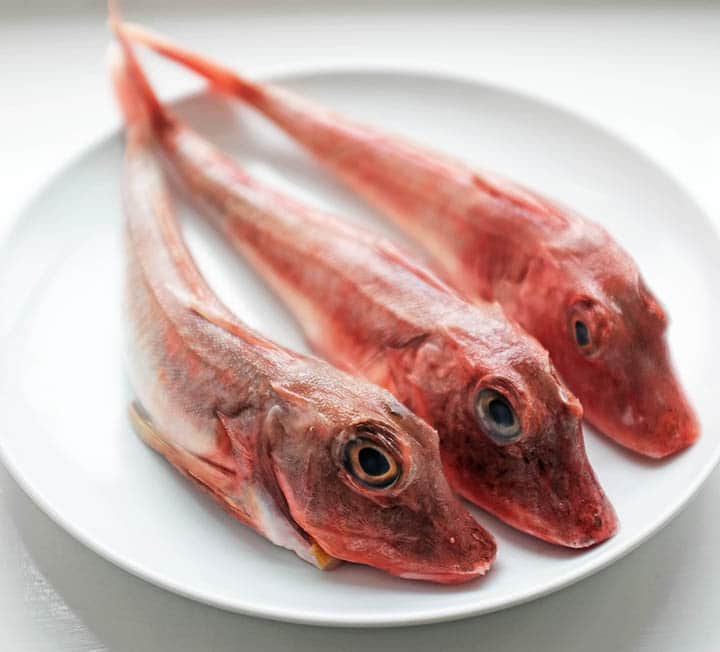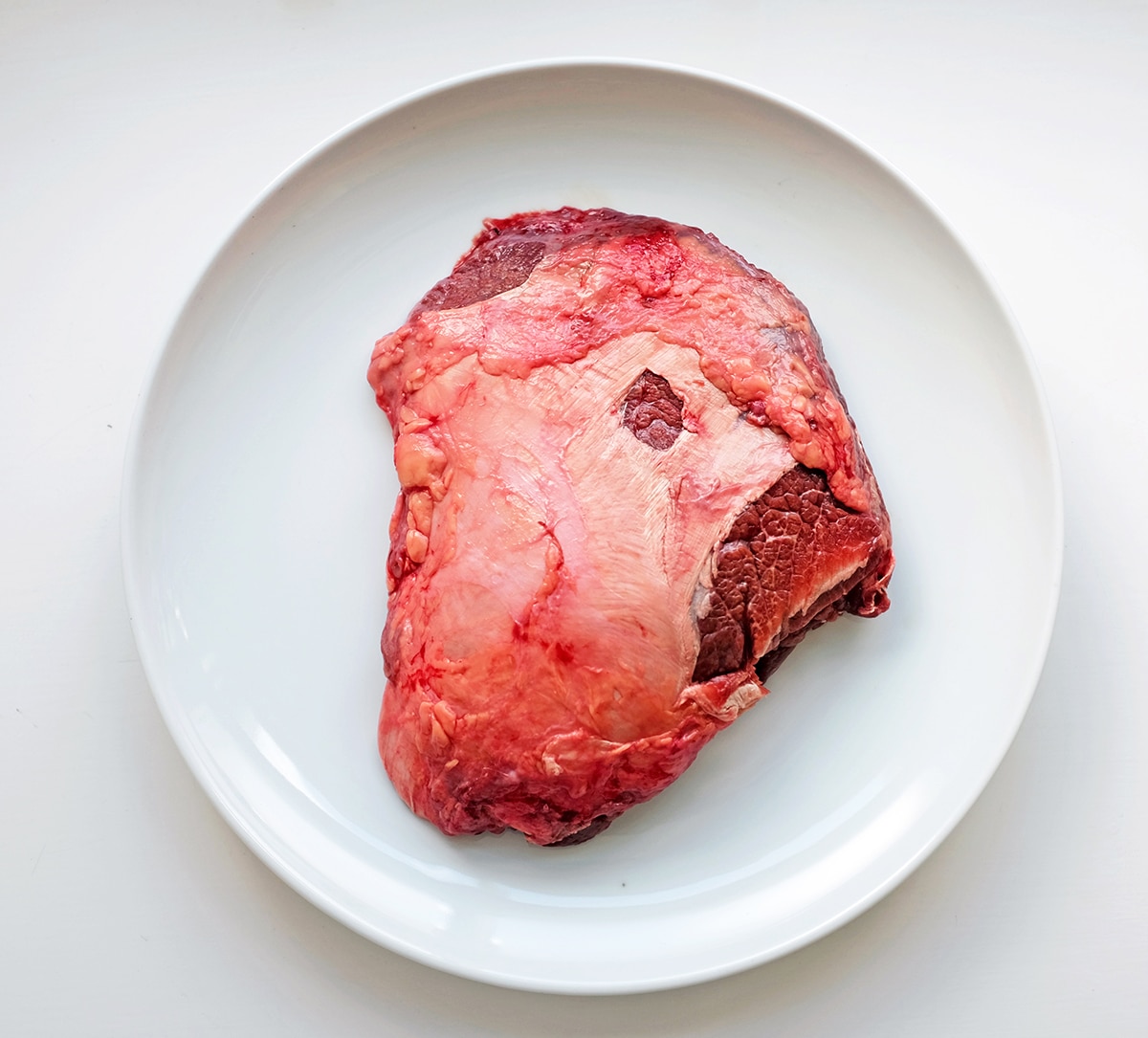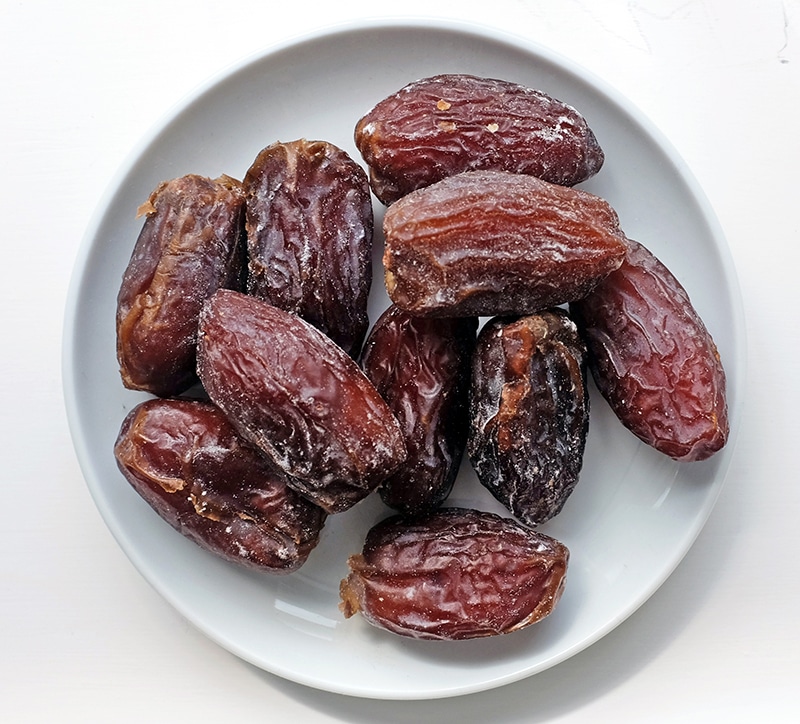Hidden charms: kohlrabi
Determined that you should never judge a book by its cover, Ed Smith explores the hidden charms of some of the Market’s less obviously alluring ingredients. This time: kohlrabi


“PEEL BACK THAT SKIN AND YOU’VE A VEGETABLE YOU CAN COOK IN EVERY WAY YOU WOULD A ROOT LIKE A PARSNIP OR CELERIAC”
Image: Ed Smith
By my guestimation, kohlrabis landed in the UK about 20 years ago, like stout green sputniks or aliens from a Pixar movie sent to colonise our greengrocers. These weird looking vegetables are thick skinned and knobbly, sometimes with arms sprouting from them, and frankly pretty unapproachable.
Head across the Channel, down and left a bit, though, and you’ll find they’ve been a staple in our Germanic cousins’ diets for, well, pretty much ever. In fact, the etymology of kohlrabi (in German, ‘kohl’ means cabbage and ‘rabi’ is turnip) provides strong clues both to its heritage and what you might do with it.
Though it looks like a root vegetable, the kohlrabi is a brassica (like cabbage or broccoli), having been artificially bred as the swollen growth of a wild cabbage species. This helps explain the taste, which is similar to the stem part of broccoli – kind of sweet, a little bit peppery, a little bit cabbagey, and a little bit nothing at all.
In looks and texture, however, it is more like a turnip. Like turnips, kohlrabis have a fairly high water content, but are tough and almost impossibly crunchy and bitter when left raw and whole; you really wouldn’t want to bite into one as if it were an apple.
None of this is tempting you to buy and cook a kohlrabi yet, is it? Well, let’s start to turn this grubby stem into a flowering plant. Or at least something that’ll please the table come dinner time.
Kohlrabis are multi-talented. Peel back that skin and you’ve a vegetable you can cook in pretty much every way you would a root like a parsnip or celeriac. Dice it roughly, sweat in a little butter before pouring vegetable or chicken stock over the top, and before long you’ll be able to blitz it into a lovely autumnal soup.
You could add stilton, as you would to broccoli, apple as you might to parsnip, or cream and horseradish in the same way you might jazz up a bowl of blitzed beetroot. They roast fairly well, too, particularly when added to a mixed tray of squash and parsnips. I personally think they are perhaps a little too watery and bland to turn into a decent smash or purée.
Perhaps my favourite way to use a kohlrabi, however, is also a reminder of its versatility. For while kohlrabis do cook well, you can eat it raw if you slice it very thinly, ideally using a mandolin. At 1-2mm thick, kohlrabis are crisp and refreshing, the pepperiness is more pronounced, and are a wonderful carrier of citrus flavours and fresh herbs. A grand example is the kohlrabi and shrimp salad I once found on the menu at St John restaurant in Farringdon; I could eat it by the bucketful.
There’s more: if you salt thin slices of kohlrabi and wait for a few minutes, the slices become pliable, and can be artfully draped over other ingredients, or more usefully used as an edible holder for canapés, like vegetable tacos. Cut slices of mandolined kohlrabi into strips, and you can mix up a quick remoulade with yoghurt, mustard and parsley.
All of which means, I think, that this unappealing alien is, in fact, an amiable jack of all trades – a vegetable with which you should experiment if you’re not already well acquainted.
See Ed’s recipe for kohlrabi, spinach & smoked mackerel gratin.


